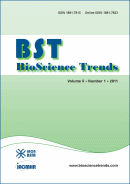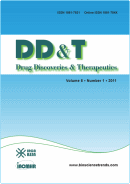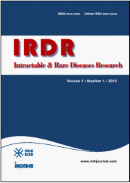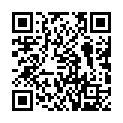BioScience Trends. 2025;19(1):31-52. (DOI: 10.5582/bst.2025.01029)
Post-stroke dysphagia: Neurological regulation and recovery strategies
Li XY, Wu MM, Zhang JL, Yu DH, Wang YT, Su YM, Wei XY, Luo X, Wang QM, Zhu LW
Swallowing is a complex process requiring precise coordination of numerous muscles in the head and neck to smoothly guide ingested material from the mouth to the stomach. Animal and human studies have revealed a complex network of neurons in the brainstem, cortex, and cerebellum that coordinate normal swallowing. The interactions between these regions ensure smooth and efficient swallowing. However, the current understanding of the neurophysiological mechanisms involved in post-stroke dysphagia (PSD) is incomplete, and complete functional connectivity for swallowing recovery remains understudied and requires further exploration. In this review, we discussed the neuroanatomy of swallowing and the pathogenesis of PSD and summarized the factors affecting PSD recovery. We also described the plasticity of neural networks affecting PSD, including enhancing activation of neural pathways, cortical reorganization, regulation of extracellular matrix dynamics and its components, modulation of neurotransmitter delivery, and identification of potential therapeutic targets for functional recovery in PSD. Finally, we discussed the therapeutic strategies based on functional compensation and motor learning. This review aimed to provide a reference for clinicians and researchers to promote the optimization of PSD treatments and explore future research directions.







